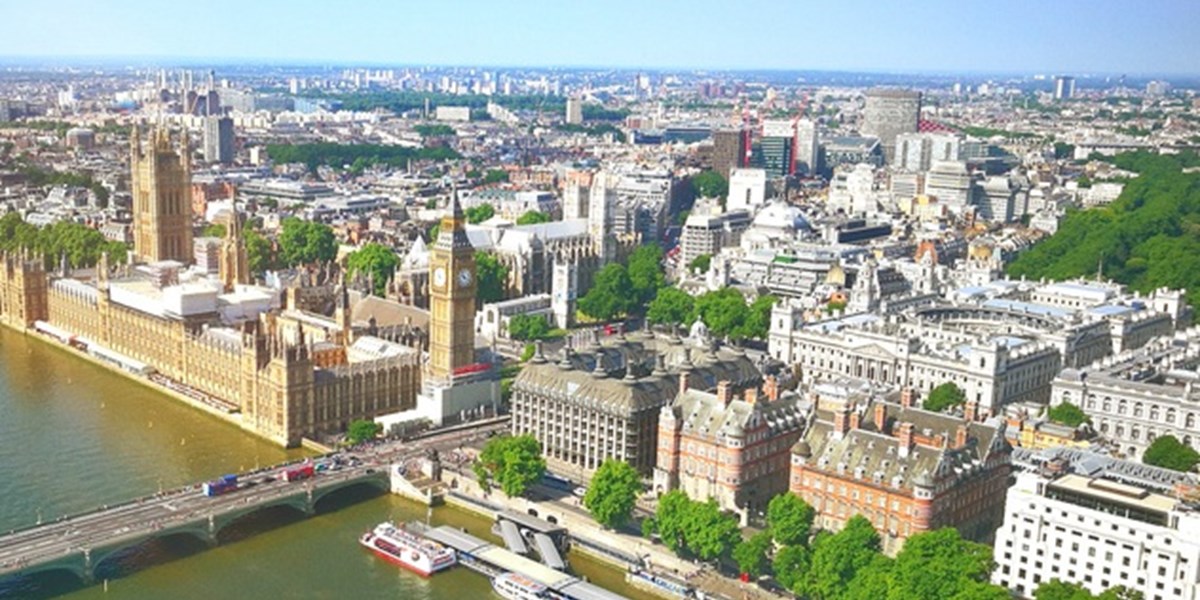
Interview: Westminster City Council’s head of digital place, David Wilkins, outlines key strands of its Smart City programme
Westminster City Council wants to spot and deal with more problems before its residents and businesses report them – and this is providing the focus for much of the work under its Smart City programme.
“Our goal is to reduce the number of citizen reports and increase the amount of automated reporting,” says David Wilkins, the council’s head of digital place. “Fundamentally, citizens don’t want to report or complain to the council, they want their city to work.”
The web page for the programme highlights four areas of focus – extraordinary experiences, a clean tech city, empowering people and driving innovation – but in more precise terms a big element is about developing the capability to understand problems and make interventions before they become serious.
The council has been developing a series of technology solutions to achieve this, using its own smart city digital platform and data from a range of sources.
Wilkins says there are two key product lines, one being on environmental issues, largely to help Westminster achieves its net zero ambitions and reduce people’s exposure to poor quality air in the borough.
Insights and interventions
“We have a number of different products that sit below that,” he says. “Data is the foundation of the air quality platform and gives us insights to understand the interventions to provide the best results.”
The work in this area includes making real time data on air quality publicly available, with tools for trend analysis and mapping functions, through the council website, and the provision of sensors to some residents to monitor air quality inside their homes. Wilkins said the latter is aimed at filling a significant data gap.
New initiatives include a plan to use sensors in a handful of restaurants within Westminster to begin to understand the effect of commercial cooking on air quality, and the planned publication of a clean air route finder.
“Typically, if people want to navigate the city they will use Google Maps,” Wilkins says. “Now we are creating a tool that uses our hyper local air quality data from lots of sensors across the city and are creating a calculation engine.
“Google will provide us with three potential routes from A to B and we will run each of them through our calculation engine to give us a good/medium/bad air quality. We can start encouraging behaviour change by giving people routes with good air quality, not necessarily the quickest.
“That same data will also power air quality notifications when it is bad in parts of the borough.”
Dust, vibrations and noise
Another project, currently at testing stage, involves the use of sensors to monitor dust levels, vibrations and noise from construction sites. Each site has an agreed operating level for each factor, and the data is fed to the council to alert it to when any of the levels are exceeded.
The second product line involves developing capabilities to enable the council to become more proactive.
“We are looking at it through a capability lens,” Wilkins says. “The product line is about how we understand problems before citizens complain.”
This involves “horizontal capabilities” within products that can solve a range of problems and deliver the outcomes the council wants to achieve.
He points to the example of the project to monitor damp and mould inside people’s homes – part of the wider programme run by the London Office for Technology and Innovation. It uses sensors to provide data, which in turn can trigger and alert the council’s customer advocacy team, who will contact the resident to help them understand the problem and direct them to sources of support.
Image AI
“Another project we are developing is our own image AI capability,” he adds. “We have cameras on our waste trucks that at the moment are being used to detect vulnerable road users, such as a cyclist or pram, and provides real time data to a driver to help them become safer.
“If we have these cameras on all four directions we are looking at what else they can be used for.”
This provides the potential for spotting potholes, graffiti and fly tipping, and even advertising leaflets in bus shelters or on lampposts, which can provide possible leads on unregistered businesses that would be subject to business rates.
It all reflects the drive to extend the capabilities of one initial product.
“With one piece of smart infrastructure, if we develop the right type of trained datasets we can start tagging and detecting other things; so as our waste trucks drive around they can start to pick up problems in the city,” Wilkins says.
He says that such an approach can prove effective and do a lot to fuel the momentum of a smart city programme.
“We are now exploring that if we have a single capability how we can overlay additional use cases on top of that. It helps to make the business case for some of these smart city projects, to move from pilots to a more sustainable smart city.”





